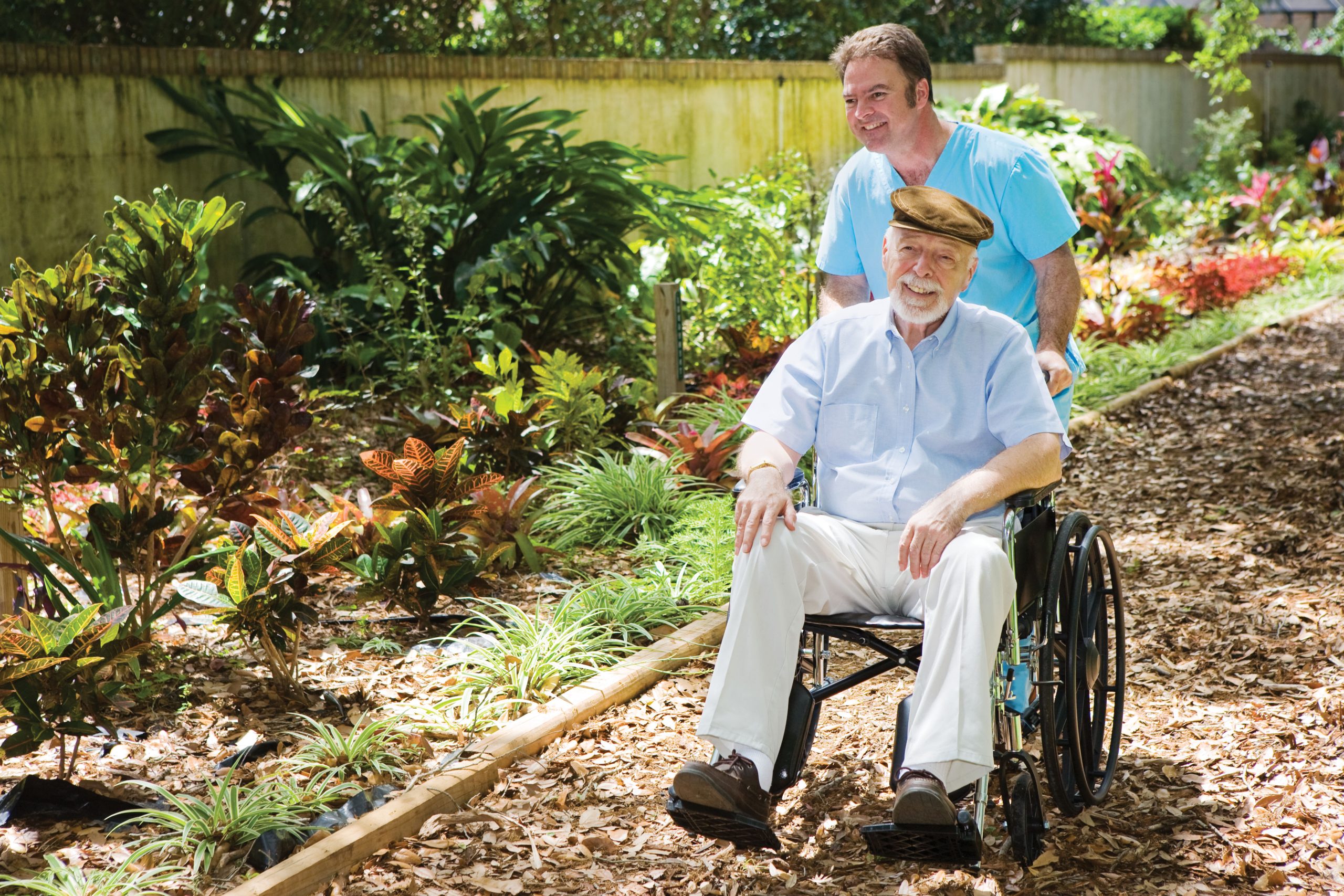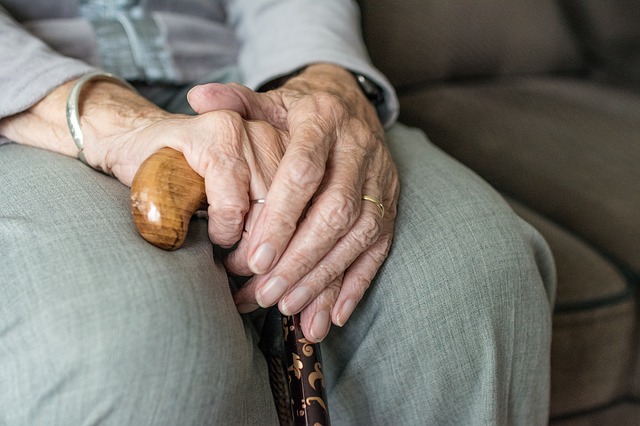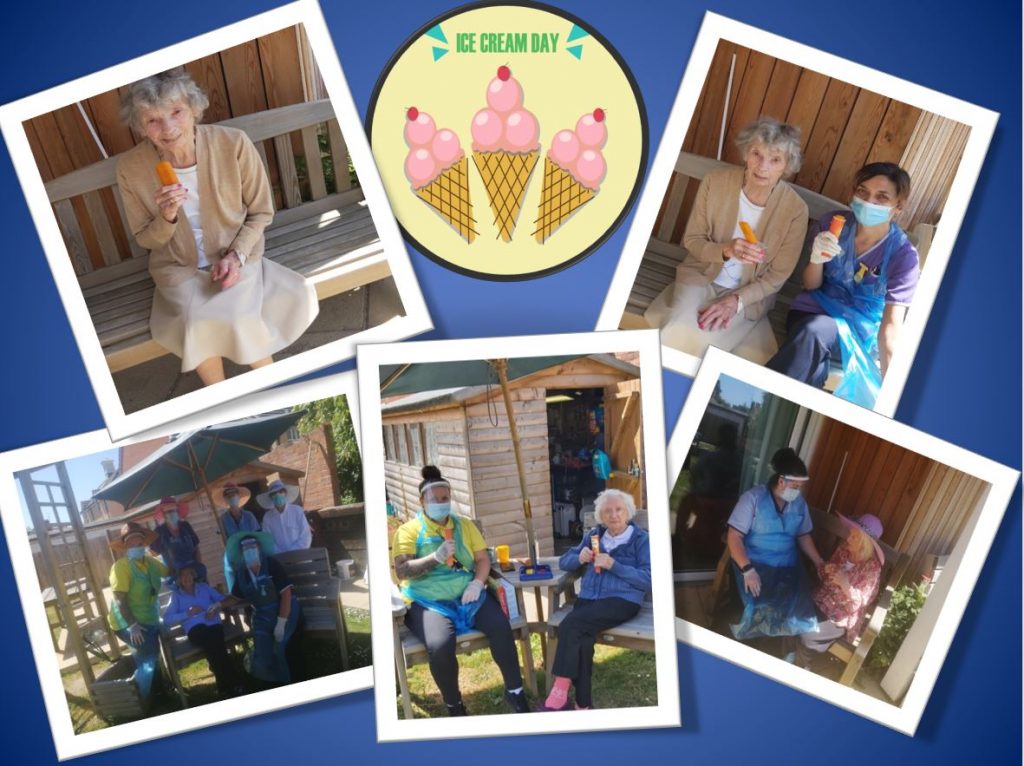The pandemic changed the way a lot of people work, perhaps permanently. Many found working from home preferable to commuting to and from a fixed place of work.
But was it just the change of setting that made people happier in their work? Research by the Office of National Statistics (ONS) suggests that some aspects of homeworking are actually less attractive. In particular, people found it harder to collaborate with colleagues. And there’s no doubt that some people miss the social aspects of the workplace.
The biggest positive according to the ONS data was unquestionably an improved work-life balance. Being home based gave people opportunities to take or collect kids from school and generally enjoy more family time, rather than arrive home late each day after a tiring commute.
Will Work From Home Last?
The future of home working is unclear. Some organisations are already calling staff back into the office full or part time. And in other occupations such as retail there’s no option other than to be present in the workplace for a fixed number of hours.
When people say they’re looking for jobs that allow them to work from home is it that they really want to turn part of their home into a place of work? Or is it just that they want to balance work and life a little more in their favour?
Where Else Can You Find Work-Life Balance?
If the most important goal is to have a better work-life balance there are alternatives. A new job that offers flexibility to blend work and family life more harmoniously might be all you need.
In which case the care sector is an excellent place to start looking. People don’t just need care within normal office hours. So working for Altogether Care usually allows people to choose work patterns that fit best with their home life and commitments. This can take a lot of stress and pressure out of everyday life as it’s easier to fit your work around the things you need and want to do.
If you’d like to find out more about how working in the care sector can improve your work-life balance, contact Altogether Care on 01305 230488 or email careers@altogethercare.co.uk, or check out our current vacancies.











